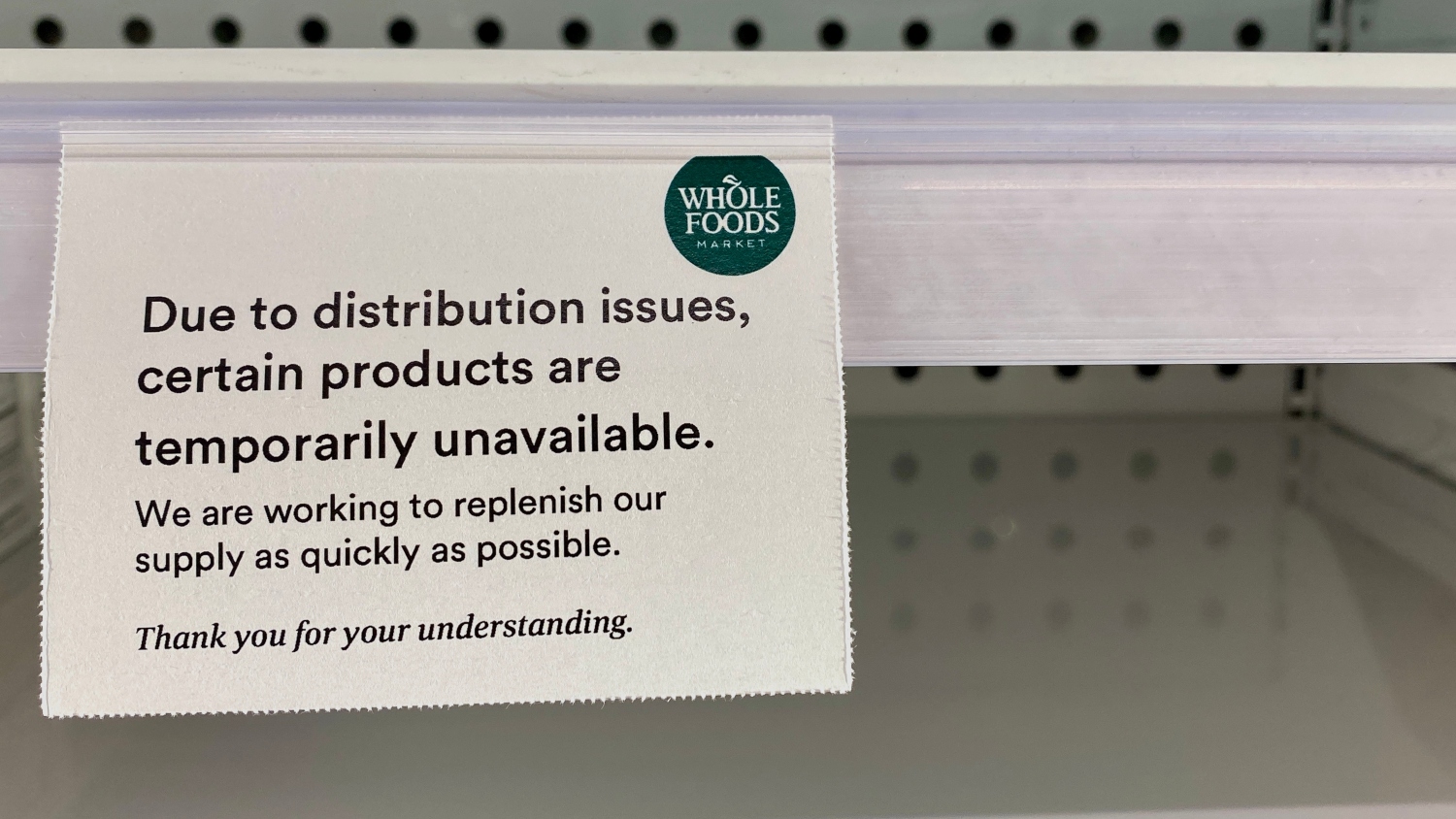Growing Emphasis on Product Lifecycle Management
To improve the communication between suppliers, customers, vendors, and distributors, companies are beginning to invest in product lifecycle management (PLM) software. Product lifecycle management is “an integrated, information-driven approach to all states of a product’s life from its design inception, through its manufacture, deployment and maintenance, and culminating in its removal from service and final disposal (1).” PLM involves all business functions including engineering, design, manufacturing, sales, marketing, supply chain, and customer support. AMR Research estimates that companies invested $2.3 billion in PLM applications in 2002 (2). That number will grow to $14 billion by 2008, according to a study by AMR Advisory Group (3).
PLM can improve a company’s ability to innovate, get products to market, and reduce errors (2). Information is “de-siloed” and put into a format that all business groups can use (1). When changes are made to a part of the process, the changes are recorded into the PLM software that can be accessed by all groups. This prevents information from being lost in emails and spreadsheets and ensures quick information transfer to other business groups. The updated information allows companies to conserve resources by ensuring quality and efficient production (1).
What is Driving the Proliferation of Product Lifecycle Management?
The global business environment is causing companies to manage products on a global basis. The Internet and the World Wide Web provide a fast and cheap method of communication across the globe. Product information in a PLM system can be easily and quickly shared across all business groups through the Internet (4).
Companies are collaborating with many different partners because of supply chain initiatives and manufacturing outsourcing. Companies are also developing products that can be customized to different markets and customers. This collaboration requires companies to have shorter than normal and precisely scheduled production runs along with expert control over product development (4). PLM is all about timely and reliable information flow to ensure all functional groups have the correct information to manufacture a product.
Product Lifecycle Management Examples
Example 1: Customer service of a company has discovered a problem with a product that requires a change in the product quality. In the functionally siloed information systems of the company, the problem will not be identified to manufacturing for many weeks. The goods produced after this discovery cannot be sold to customers. If the company had a PLM system, the detection of a product failure could be entered into the software. The system would then alert engineering and manufacturing, allowing then to quickly correct the problem (1).
Example 2: Products that pass quality specifications, but then fail when used, are not acceptable products. In PLM, the evaluation of quality involves the product meeting specifications of its design and the product functioning when it is used. This information can be used to adjust manufacturing specifications during production. Adjusting the manufacturing specifications reduces the number of off-quality goods that are produced (1).
Companies with Successful Product Lifecycle Management Processes
Leer, an automotive supplier of interior electronic systems, has used PLM software for its product development cycle. The company has built a system that provides a constant flow of engineering schedules, part changes and quality statistics to the carmakers. Previously, this information was delivered inconsistently via spreadsheets and through e-mail (2).
Through a seven year PLM project, General Motors cut new-vehicle development time from 48 months to 18 months and cut the number of development applications from 1500 to a few hundred. John Deere also cut new-product to market time by 50 percent when it implemented a PLM system (4).
PLM is about exchanging data while integrating product information with other systems to form a link between all business functions. PLM is essential to all industries because the success of a business depends of how fast it can get new, quality products in the hands of the buyer (4).
References:
(1) Grieves, Michael. PLM—Beyond Lean Manufacturing. Manufacturing Engineering. March 2003.
(2) Stackpole, Beth. There’s a New App in Town: PLM aims to streamline product development and boost innovation in manufacturing. CIO. May 15, 2003.
(3) D’Amico, Esther. PLM Market Expected to Double by 2008. Chemical Week. February 19, 2003.
(4) Bowman, Robert. Product Lifecycle Management: Overhauling a Critical Process. Global Logistics and Supply Chain Strategies. September 2003.
- Categories:


